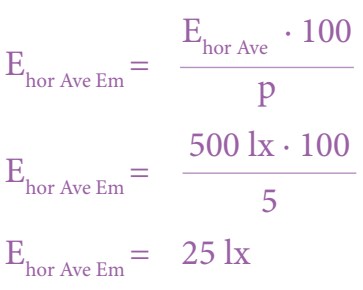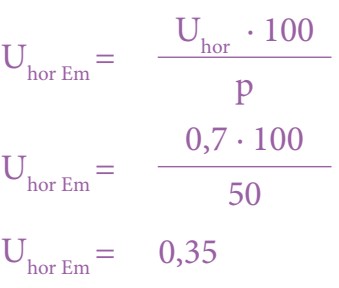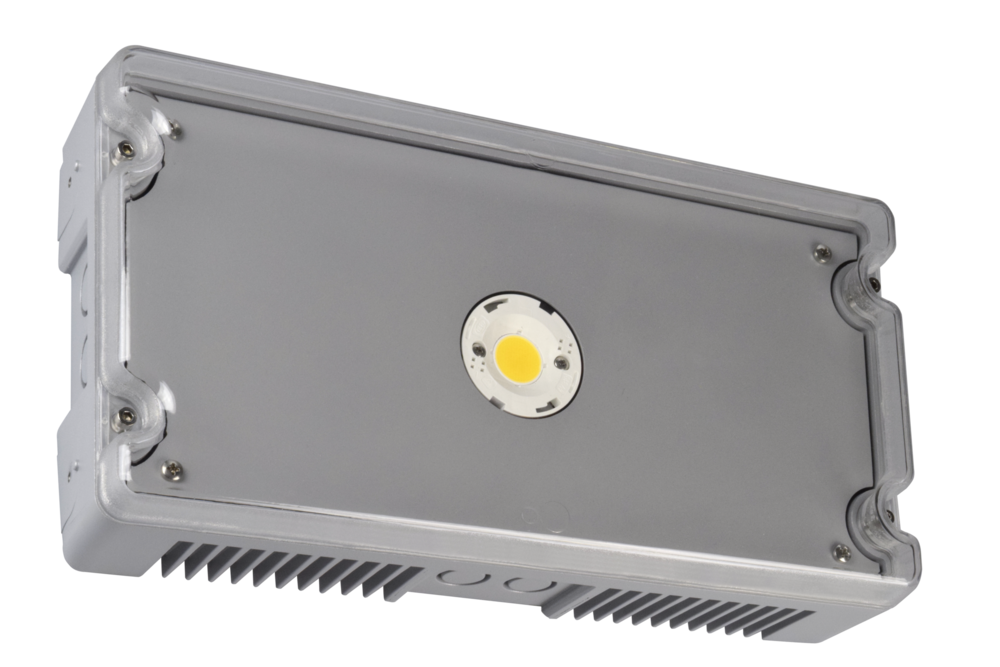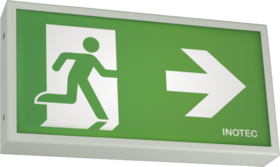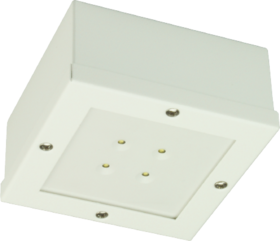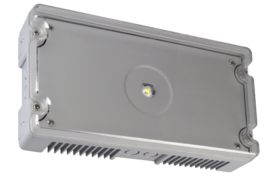What applies to sports facilities from now on
DIN EN 12193:2019-07: Light and lighting – Sports lighting
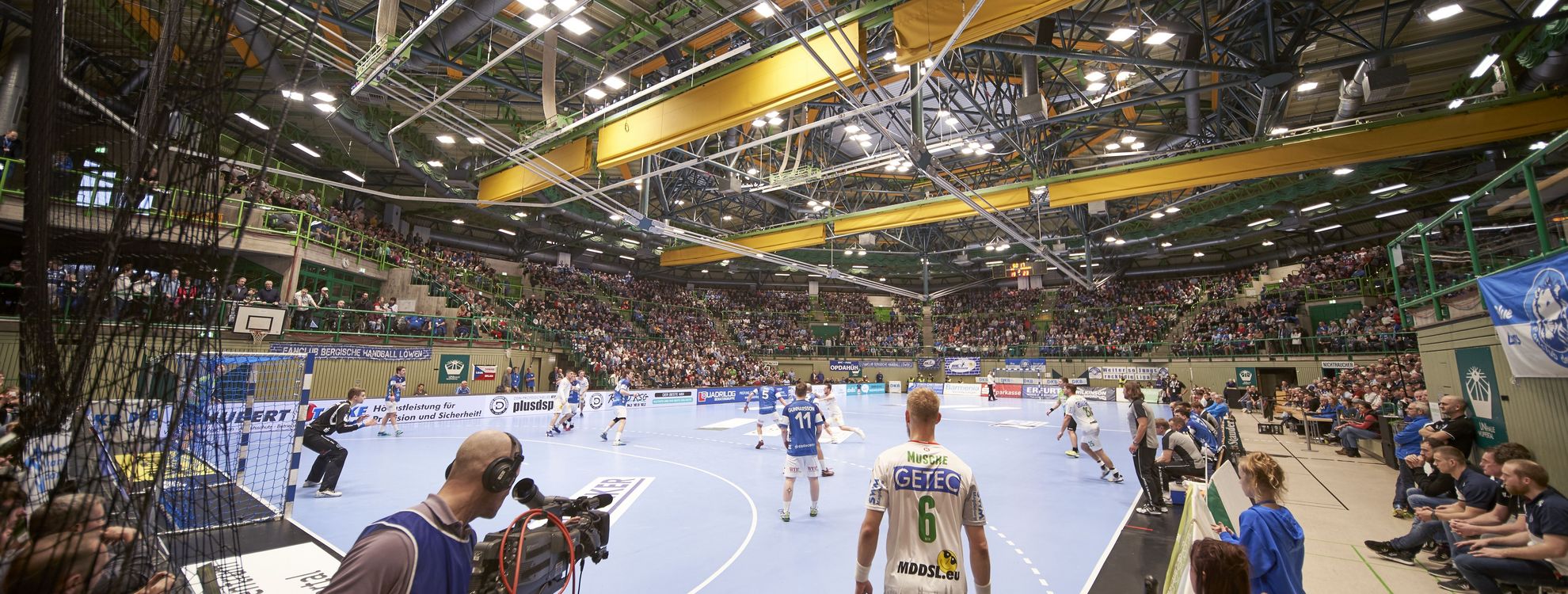
The German version of EN 12193:2018 was published in July 2019, replacing the previous version, DIN EN 12193:2008-04. The standard specifies lighting for indoor and outdoor sports facilities for the sports most frequently practised in Europe.
It only applies to artificial lighting. It specifies values for illuminance, uniformity, glare limitation and colour properties of the light sources so that sports facility lighting can be planned and checked. All the requirements given are minimum requirements. Methods for measuring these values are also specified.
DIN regulations for safety lighting
DIN EN 12193 refers to DIN EN 1838 for safe departure from sports facilities in the event of a power failure. This means that emergency exit luminaires must be provided to mark escape routes. Safety luminaires must provide adequate visual conditions and way guidance so that a room or building may be safely left. And both escape routes and spectator areas must be provided with emergency lighting.
In addition, DIN EN 12193 lays down stricter minimum lighting requirements in the event of a general lighting failure to protect attendees at certain sporting activities. If a power failure occurs during a sporting event, it can quickly become dangerous for attendees or athletes due to the lack of lighting. EN 12193 therefore requires a higher level of safety lighting for selected sports than that specified in EN 1838. Depending on the type of sport, a certain percentage of the specified mean illuminance must be achieved for a period of between 30 and 120 seconds. At the end of this period, the requirements of DIN EN 1838 apply.
What’s new?
The DIN EN 12193: 2019-07 applies to all indoor and outdoor sports facilities – from small school sports halls to the large sports arenas in which international sports competitions with TV transmission are held. These are the main changes that have been made since the previous version:
- Minimum value for the general colour rendering index increased from Ra > 20 to Ra > 60
- Requirement tables extended by various additional sports
- Recommendations for dealing with glare limitation for indoor facilities included
- Requirements for television and film recordings revised
- General colour rendering index replaced by Television Lighting Contrast Index (TLCI) for cameras
- Uniformity stipulated during “safety lighting for participants”
- Sports extended for “safety lighting for participants”
Lighting classes according to competition level
The average illuminance levels in emergency operation depend on the sports played in the sports facility and the competition level of the events. The competition level is divided into different lighting classes (see table).
Lighting class I: Elite competitions, such as international and national competitions, which are normally associated with large numbers of spectators and long viewing distances. High-performance training can also be included in this class. For some sports, the requirements of the governing body may take precedence over the values given in this standard.
Lighting class II: Mid-level competitions, such as regional or local competitions, which are usually associated with medium numbers of spectators and medium viewing distances. Performance training can also be included in this class.
Lighting class III: Simple competitions, such as local or small club competitions, which normally take place without spectator participation. General training, physical education (school sports) and general leisure sports are also included in this lighting class.
| Competition level | Lighting class I | Lighting class II | Lighting classIII |
|---|---|---|---|
| International/National | X | ||
| Regional | X | X | |
| Local | X | X | X |
| Training | X | X | |
| Leisure/School sports | X |
In the case of sports facilities that are used exclusively for school sports during the day, it should be borne in mind that they are often also used for club or leisure sports at other times. Depending on the type of sport practised and the performance class, this could result in higher illuminance requirements. The lighting class must be agreed in advance between the designer and operator.
Lighting level by sport
For the following sports, an increased lighting level is specified in the event of a general lighting failure:
- Swimming 5% for at least 30 s
- Gymnastics, indoor facility 5% for at least 30 s
- Horse riding, indoor and outdoor facilities 5% for at least 120 s
- Speed skating 5% for at least 30 s
- Ice hockey and figure skating 5% for at least 30 s
- Bobsleigh and lugeing 10% for at least 120 s
- Ski jumping, take-off and landing zones 10% for at least 30 s
- Downhill skiing 10% for at least 30 s
- Cycling 10% for at least 60 s
Average illuminance during a general lighting failure for the above periods must be at least the percentage originally intended for the sport. Uniformity during this period should not be less than half the initial value. After this period, EN 1838 must be applied in accordance with local regulations. We recommend a blanket illumination of the playing field of 1 lx.
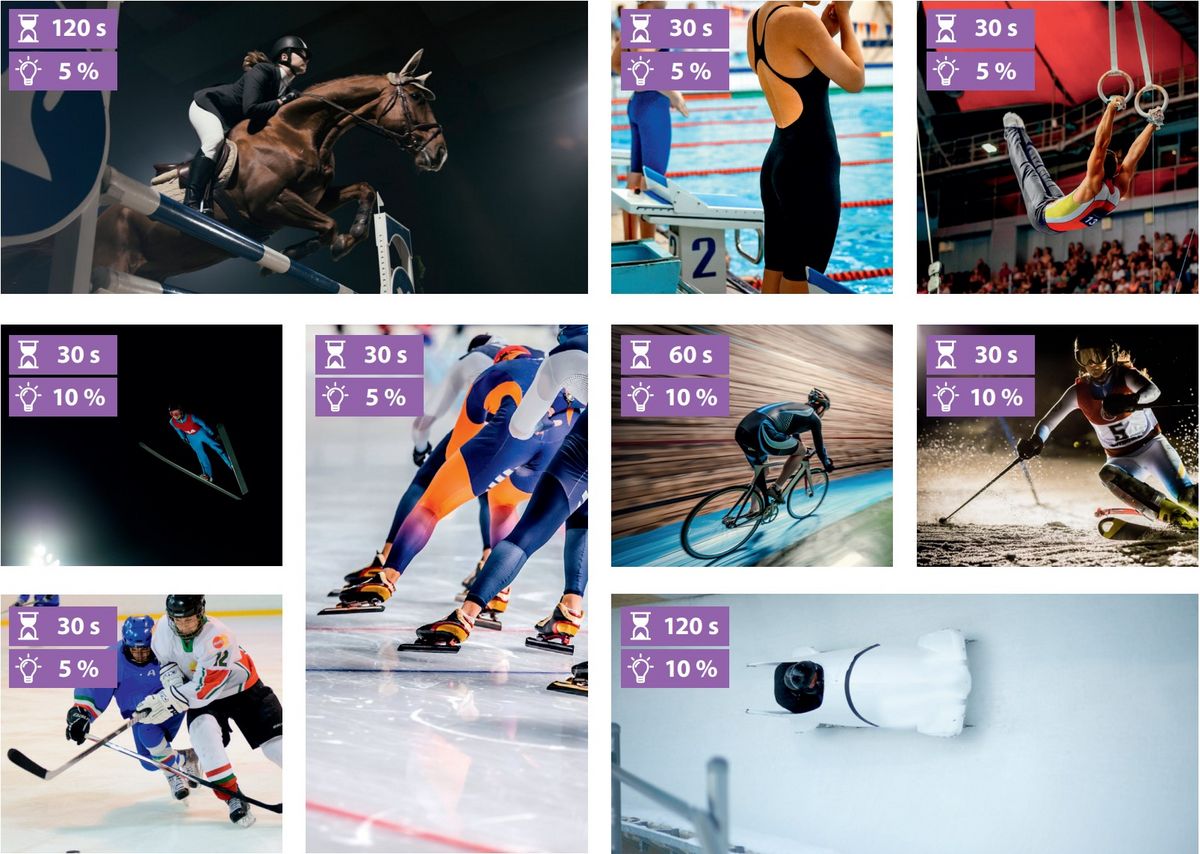
Example: power failure during gymnastics
For gymnastics, the average horizontal illuminance (Ehor, av) for international competitions (lighting class I) is 500 lx. Uniformity (U2hor) is set at 0.7. For a period of 30 s, the mean illuminance during a power failure must be 5% of the original value. This results in:
| Ehor Ave Em | = Average horizontal illuminance in emergency mode | Ehor Ave | = Average horizontal illuminance in mains operation |
| Uhor Em | = Uniformity in emergency operation | Uhor | = Uniformity in mains operation |
DIN EN 12193 provides the following illuminance levels and uniformities in emergency lighting for the various sports and different lighting classes:
| Type of sport | Duration | Class I Ehor Ave Em | Class I U2hor Em | Class II Ehor Ave Em | Class II U2hor Em | Class III Ehor Ave Em | Class III U2hor Em |
|---|---|---|---|---|---|---|---|
| Swimming | 30 s | 25 lx | 0,35 | 15 lx | 0,35 | 10 lx | 0,25 |
| Gymnastics | 30 s | 25 lx | 0,35 | 15 lx | 0,30 | 10 lx | 0,25 |
| Horse riding | 120 s | 25 lx | 0,35 | 15 lx | 0,30 | 10 lx | 0,25 |
| Speed skating | 30 s | 25 lx | 0,35 | 15 lx | 0,30 | 10 lx | 0,25 |
| Ice hockey and figure skating | 30 s | 37,5 lx | 0,35 | 25 lx | 0,35 | 15 lx | 0,35 |
| Track cycling | 60 s | 75 lx | 0,35 | 50 lx | 0,35 | 20 lx | 0,25 |
| Type of sport | Duration | Class I Ehor Ave Em | Class I U2hor Em | Class II Ehor Ave Em | Class II U2hor Em | Class III Ehor Ave Em | Class III U2hor Em |
|---|---|---|---|---|---|---|---|
| Swimming | 30 s | 25 lx | 0,35 | 15 lx | 0,35 | 10 lx | 0,25 |
| Horse riding | 120 s | 25 lx | 0,35 | 10 lx | 0,25 | 5 lx | 0,25 |
| Speed skating | 30 s | 25 lx | 0,35 | 10 lx | 0,25 | 5 lx | 0,25 |
| Ice hockey | 30 s | 37,5 lx | 0,35 | 25 lx | 0,35 | 10 lx | 0,25 |
| Bobsleigh and racing sleigh | 120 s | 30 lx | 0,35 | 20 lx | 0,25 | 5 lx | 0,20 |
| Ski jumping, jump and landing zone | 30 s | 10 lx | 0,25 | 3 lx | 0,15 | 2 lx | 0,10 |
| Downhill Skiing | 30 s | 10 lx | 0,25 | 3 lx | 0,15 | 2 lx | 0,10 |
| Track cycling | 60 s | 50 lx | 0,35 | 30 lx | 0,35 | 10 lx | 0,25 |
Luminaire for increased lighting level
The lighting technology of “normal” safety luminaires is designed to illuminate escape routes or areas as energy-efficiently as possible with 1 lx in the event of a power failure. General luminaires are often connected to the safety lighting system to achieve the higher lighting level in sports facilities. However, the supply and monitoring of third-party luminaires on central battery systems poses problems. To ensure proper functioning and safety, separate safety luminaires from the manufacturer of the central battery system should be used in addition to the general lighting. This is the only way that we, as an emergency lighting manufacturer, can ensure safe operation. The INOTEC safety luminaire SN 8500 has been specially designed for these increased lighting requirements.
Saving energy through automatic disconnection
Since the increased lighting level in sports facilities is only required for a short period at the start of a mains failure, it makes sense to lower the lighting level again after this period has elapsed. This can significantly reduce the battery capacity of the emergency lighting unit.
With the INOTEC CPS FUSION central battery system, it is possible to switch off individual luminaires after a defined time in DC mode. The corresponding luminaires are programmed in the control section or in the INOTEC Konfigurator.
Ball-impact resistance: farewell to the protection grid!
When constructing a sports facility, it is not only the increased lighting requirements that need to be taken into account. In Germany, the structural requirements for a sports facility are regulated in DIN 18032-1: Sports halls – Halls and rooms for sports and multi-purpose use – Planning principles.
This stipulates that luminaires and their accessories must be designed to be ball-impact resistant. In the past, unattractive and relatively expensive protection grids were often used to protect luminaires against damage from impacting balls.
With the SN(P) 8030 or SN 8500 luminaire series, INOTEC offers emergency exit and safety luminaires for sports facilities that can be installed with confidence and without a protection grid.
These luminaires have been tested for ball-impact resistance and all meet the test requirements of DIN 57710-13: Luminaires with operating voltages below 1000 V and DIN 18032-3: Sports halls – Halls and rooms for sports and multi-purpose use – Testing of safety against ball throwing. The luminaires are subjected to a ball-impact test in which they have to withstand numerous shots of a handball at a speed of 60 km/h. During the test, no parts must fall down, and the luminaires must not show any significant damage. Luminaires that have successfully passed these tests may carry the symbol for ball-impact resistance. Practice has shown that it makes sense to also make ball-proof any luminaires are located in adjacent areas, such as corridors or changing rooms.
Conclusion: Consider individual requirements
When planning a sports facility, it is important to confirm with the operator which sports are to be played and what level of competition will take place there in order to select the appropriate lighting class.
This information can be used to determine the illuminance required and the duration necessary to allow attendees to safely end the event in case of a general lighting failure.
To reduce battery capacity, we recommend that individual luminaires be switched off after the prescribed time has elapsed, and that the whole playing field be illuminated to 1 lx. To ensure safe operation, only ball-impact-resistant luminaires from the emergency lighting manufacturer should be used.
Photos: Günther Fotodesign, guenther-fotodesign.de | INOTEC Sicherheitstechnik GmbH | PhotographyPerspectives, istockphoto.com | technotr, istockphoto.com Deklofenak, istockphoto.com | vm, istockphoto.com | tomazl, istockphoto.com | muzsy, shutterstock.com | sportpoint, shutterstock.com
